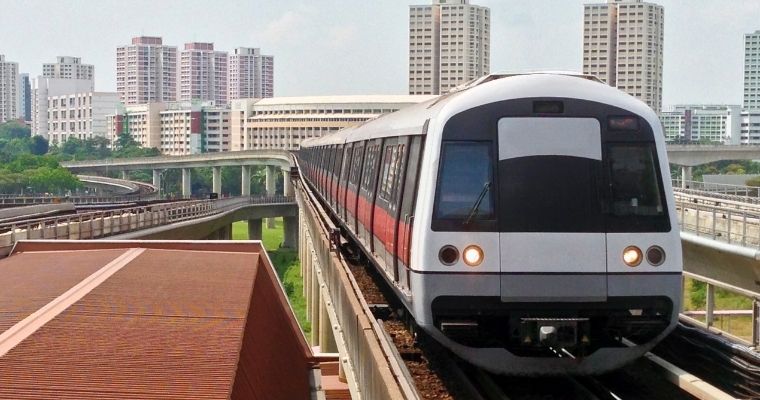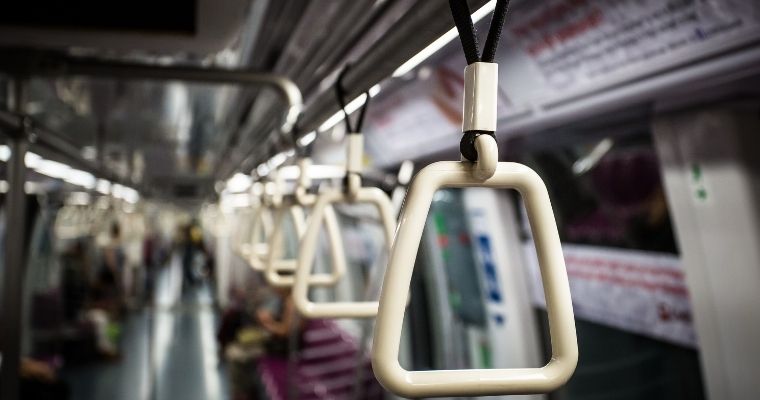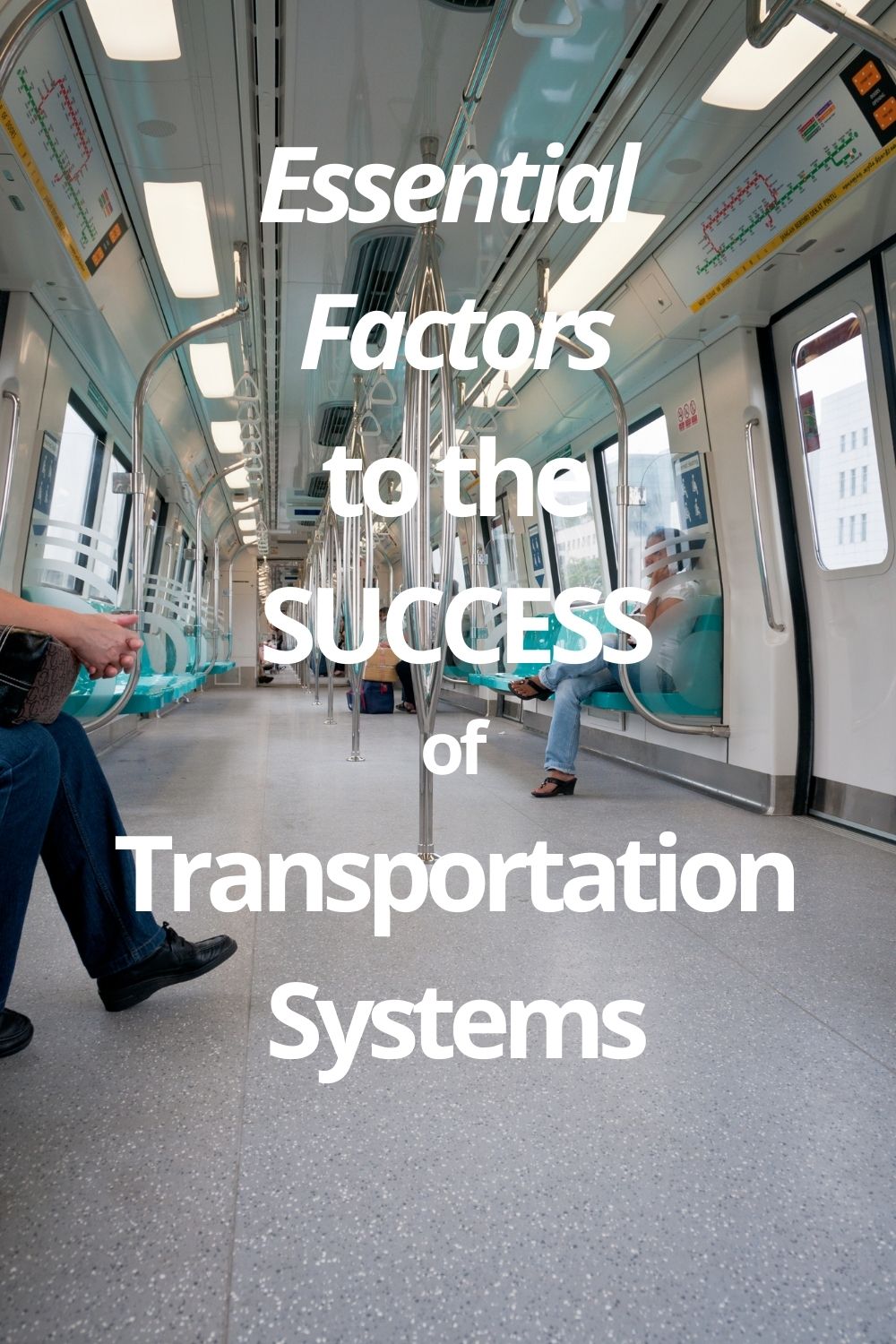In the hustle and bustle of metropolitan areas, mobility will play an integral role in how well large cities develop. In the business and commercial sector, time is of the essence for many professionals and workers. This is even more important when most residents in an urban area want to get to their workplace on time.
Since a city’s workforce is the lifeblood of the economy, it’s only logical that the public sector ensures that the transportation system is optimized for the community’s needs. Whether it’s getting to the workplace safely, being readily available during rush hours, or being affordable, the transportation system’s success is determined by these key factors.

The mobility that is attributed to these transportation systems will usually dictate the success of it. This is evidenced by the transportation system that the multi-modal transport corporation establishes in Singapore known as SMRT, known for being an operator for buses, rails, taxis in the city-state. Not only is this corporation responsible for handling day-to-day transportation operations, but it is also known for a myriad of government-sponsored projects.
In fact, a study suggests that Singapore has one of the most well-balanced and versatile factors in the sector. But other than mobility and convenience, what are some essential factors that come into play that has lead to the success of these transportation systems? Here’s what you’ll need to know.

Availability
First and foremost, one of the most important factors that we will need to consider is the availability of these transports. Although some workers and individuals will commute during the daytime, there should also be transports that can help passengers during nighttime less-busy times.
One of the main dimensions used in a study for public transportation is the rail infrastructure of the area. Rail systems have been widely used in major metropolitans areas since they can operate within a continuous schedule.
Affordability
Another important aspect that needs to be considered is the affordability of these public and private transportation services. Most commuters who don’t have personal transports want to ensure that they do not spend too much on their commute to work. Of course, the cost of commuting will vary from one city to another. Recent studies have shown that the average commuter in the United States or first world countries will have to spend around $2,000 to $5,000 yearly. Although the amount that needs to be spent daily is minuscule, this could affect a person’s standard of living in the long-run. That said, transport operators will need to address the cost of transports and ensure that they are within a reasonable range.
Singapore is known for priding itself with a well-balanced transport system that has been well-maintained and operated by SMRT. But one of the shining spotlights of this transport operator is they are known for their affordable and cost-effective rates. Much of the public transportation in the city is now for being quite affordable even though there are a variety of barriers when it comes to the use of cars.
Convenience
Transportation systems, terminals, and vehicles around the world are now adopting a more “digital” and electronic approach, which can help streamline the process. Not only will this help cut down on the money that needs to be spent, but this will also cut down on time, effort, and energy.
Not only are these conveniences available to non-disabled individuals, but also to PWDs that need more assistance. This will usually include buses and transports accessible using wheelchairs, improving the readability of public transport maps for the visually-impaired, and educating drivers on how to assist most individuals with disabilities.
So far, Toronto, Paris, and Singapore are known for sporting facilities that can cater to the needs of people. These transportation systems are also known to have many features, such as wireless transfers, a state-of-the-art ticketing system, and electronic services that the public can utilize.
There are a variety of factors that come into play that will determine the overall success of a transportation system. These departments are equally paramount in ensuring that passengers will have a good experience while they are on their way to their destination. Whether it’s transporting workers or tourists, this system is one of the most crucial parts of a bustling city.
Still, it’s important to remember that each one of these aspects should be given equal attention. There is no absolute be-all-end-all factor. That said, a well-balanced transportation system will not only lessen monthly expenditure from government agencies but will also help maximize the economic power of the city.
Collaborative post.


